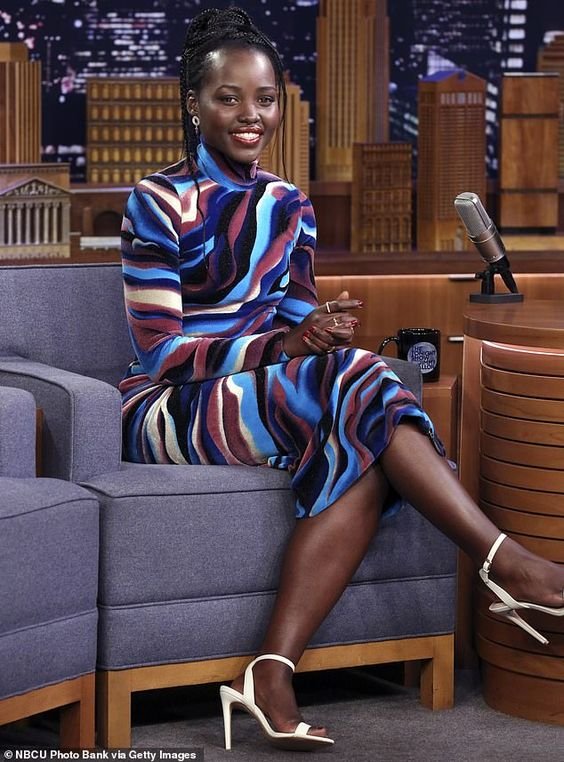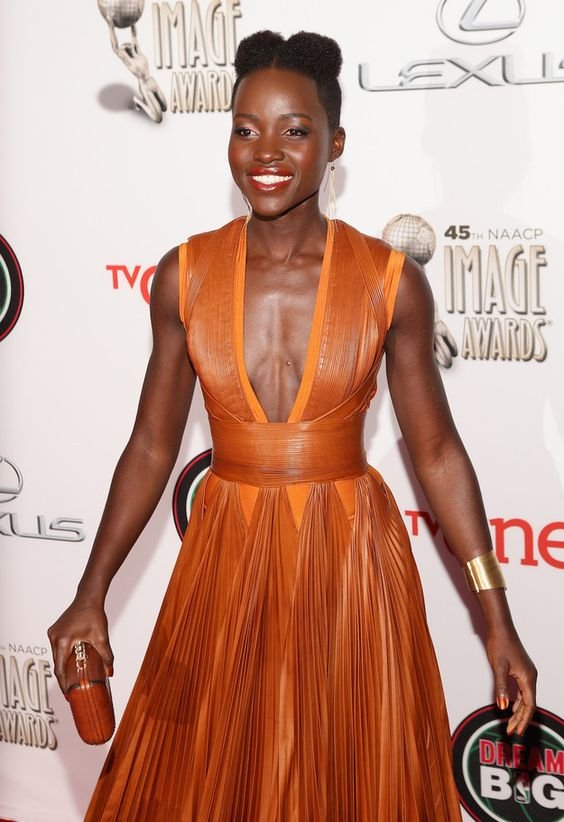Winter Season Color Analysis
We at A Creative Cliché have been using the seasons color analysis for years in order to find each client’s ideal colors to wear. The concept is now trending, and there’s no better time than now to break it down for you. It helps you figure out which colors you should look for and which ones you should avoid.
The analysis starts with knowing whether you have warm or cool undertones. Once you answer that question, the next step is to determine if your skin tone prefers darker or brighter colors, and finally, if your skin prefers muted or saturated colors. The first season we are discussing is winter.
Those under winter usually have darker hair, cooler undertones, and darker eyes. There is typically a lot of contrast between the skin and the hair. The best colors for winters are bright and highly pigmented along with their icy, pastel counterparts.
Winter, like the other four seasons, can be broken down into three categories: cool winter, clear winter, and deep winter. Cool winters have absolutely no red or golden tones in their hair. The skin is usually beige, a soft-cool olive, or dark black. The eyes mimic the hair and skin by leaning towards cool browns and hazels, grays, and blues. If you’re a winter, you should choose colors that are bright with cool, blue undertones like icy pink or baby blue. Avoid colors that are warm and muted.
Clear winters can appear to have deep-brown or translucent skin. Highlights are sometimes slightly warm, and the hair can be various shades of brown or even whitish blonde. The eyes lack any muddiness and are usually a brilliant blue or emerald green. Clear winters wear extremely intense colors well. Fuchsia and neon yellow are colors not flattering for many people but pair well with a clear winter’s skin tone.
Lastly, are our deep winters. Their eye color is usually in the dark brown territory with a hair color to match. More warmth is also visible throughout your skin with black-brown or olive skin tones. Because there is a dash of warmth in your features, your color palettes stay in the cool zone but can handle a little more warmth than the other winters. Deep, dark, and intense colors are your best friends. Experiment with a deep, blood red or dark purple to complement your skin tone.
Here are a few well-known celebrities as examples.
Anne Hathaway is a well-known winter. Her bright blue dress is a perfect example of how winters can wear brighter shades without appearing weighed down by the color. This cool, brilliant blue complements her well. On the other side, Lupita Nyong’o demonstrates the depth within the winter’s color palette with these very rich purples integrated throughout her dress.
An example of colors to avoid are highly warm colors. Anne and Lupita are both wearing shades in the orange family. These shades should be avoided around the face because they can wash you out, causing your skin to look grey and lifeless. Anne looks too pale despite her typically radiant skin, and Lupita’s dress feels like it’s wearing her, rather than the other way around.
Idris Elba is also a winter. The lovely fuchsia tie and deep blue suit jacket make his skin glow. However, the pink t-shirt in the second photo is borderline peach and enhances his under-eye bags. Instead, try a pink with cool undertones to better complement your complexion.
Remember, being a winter doesn’t mean you can’t ever wear warm colors. It simply means you have to choose colors that lean cooler to look your absolute best. Anything outside of your color palette can easily be worn as a bracelet, shoe, or pair of pants. If you think you’re a winter, try out colors that remind you of that season. It will support the cool, deep, and bright tones found in your skin, hair, and eyes.
If you’re still unsure what your season is and don’t know which colors to try, book a consultation with us and we can help kickstart your journey into looking your best.






